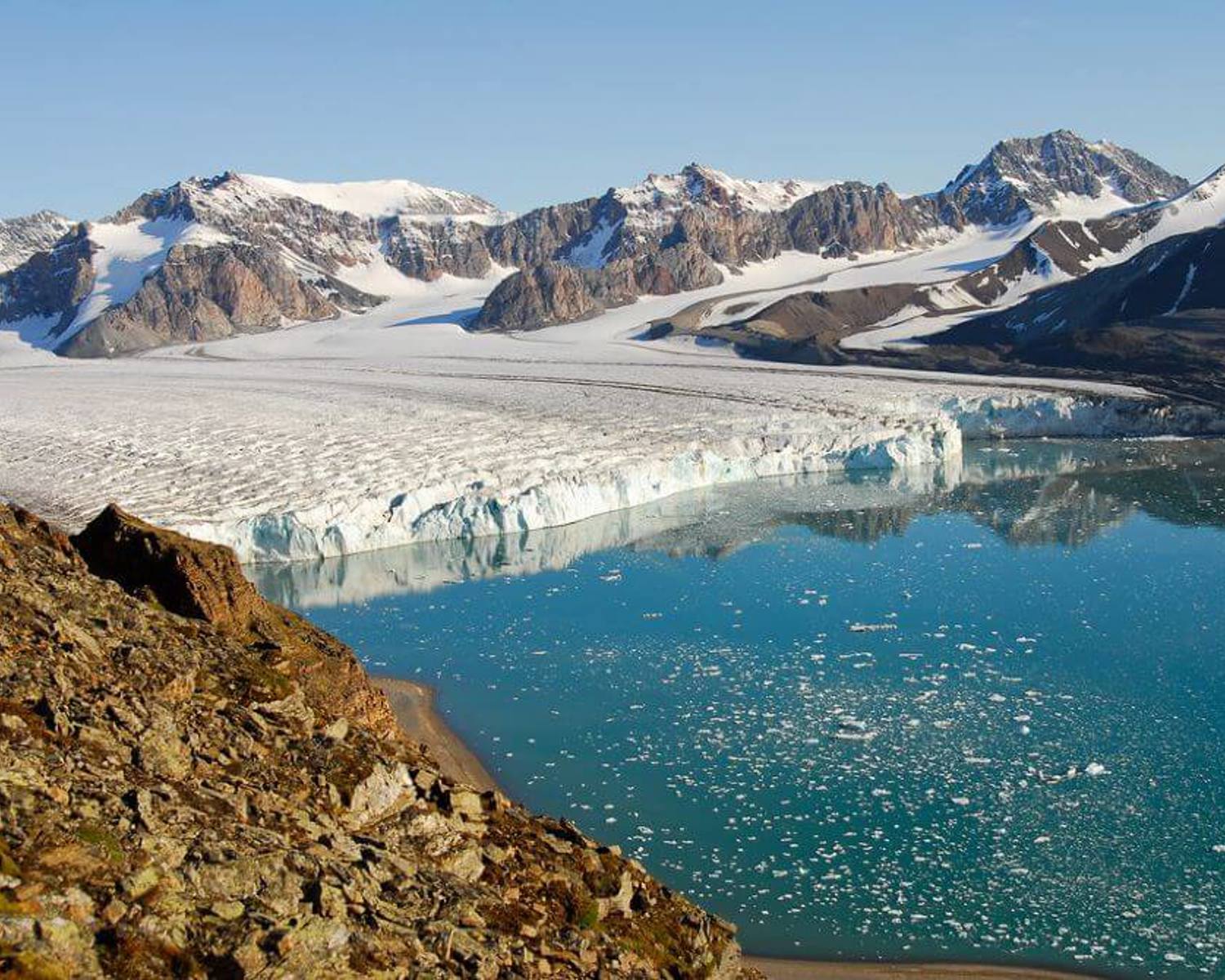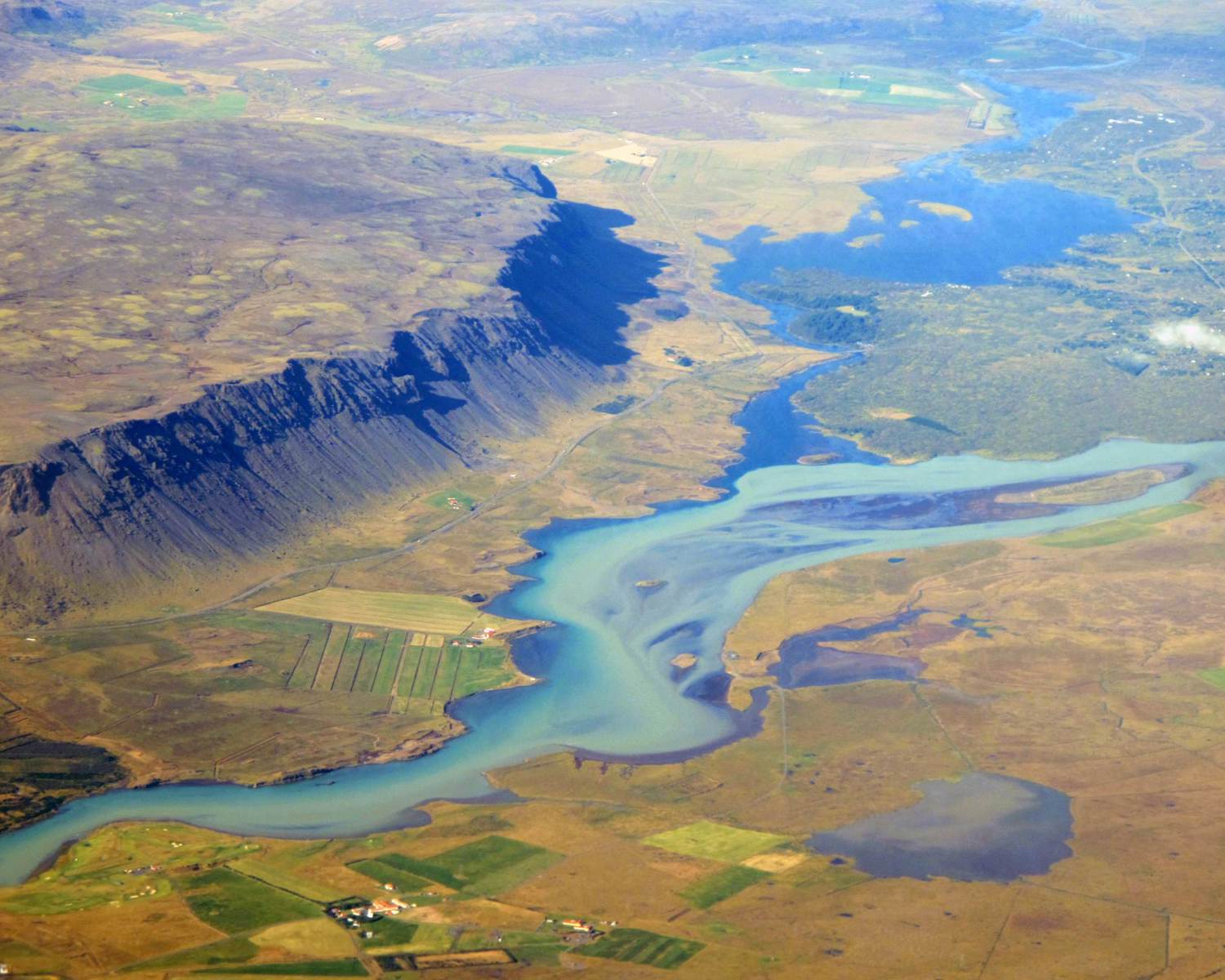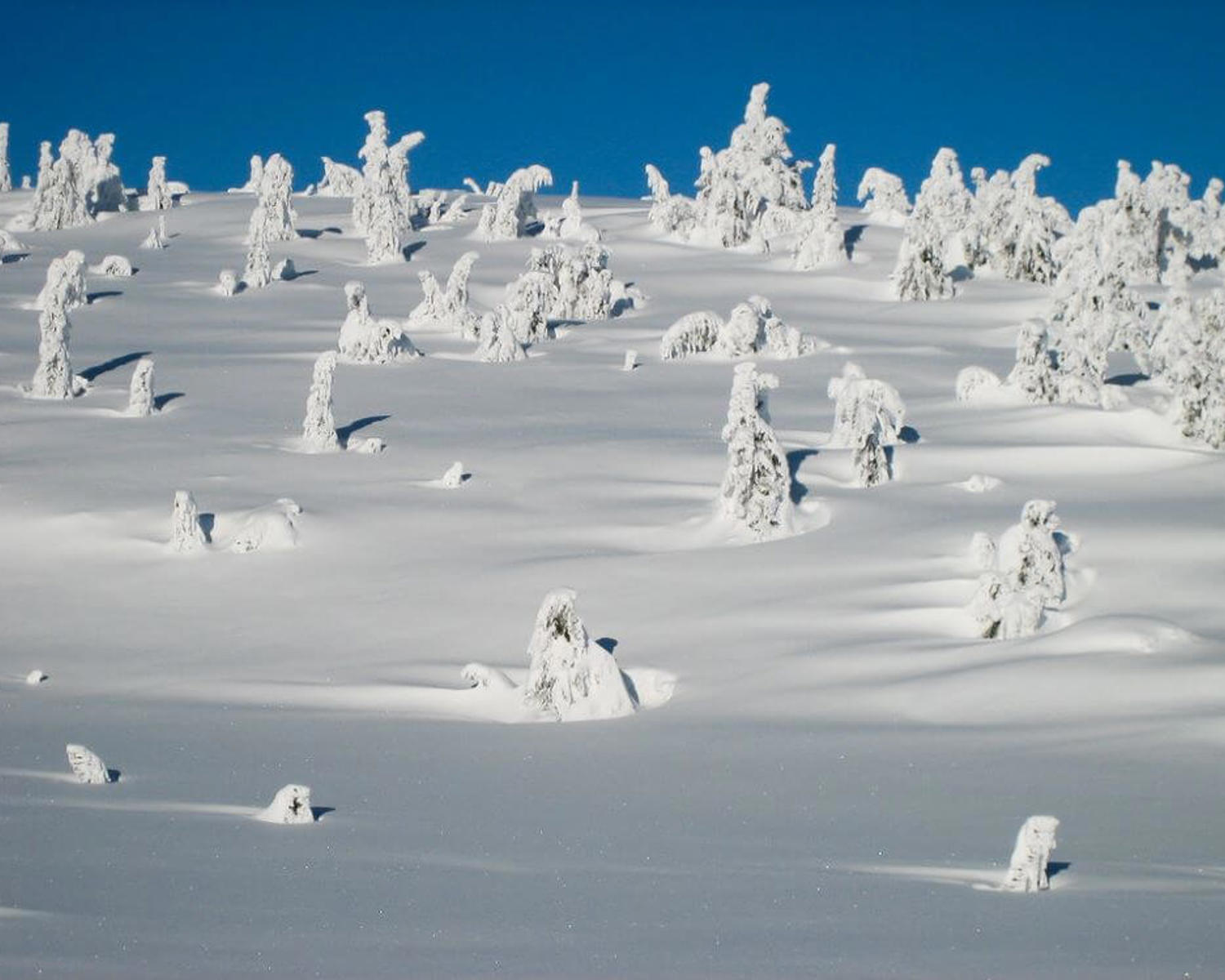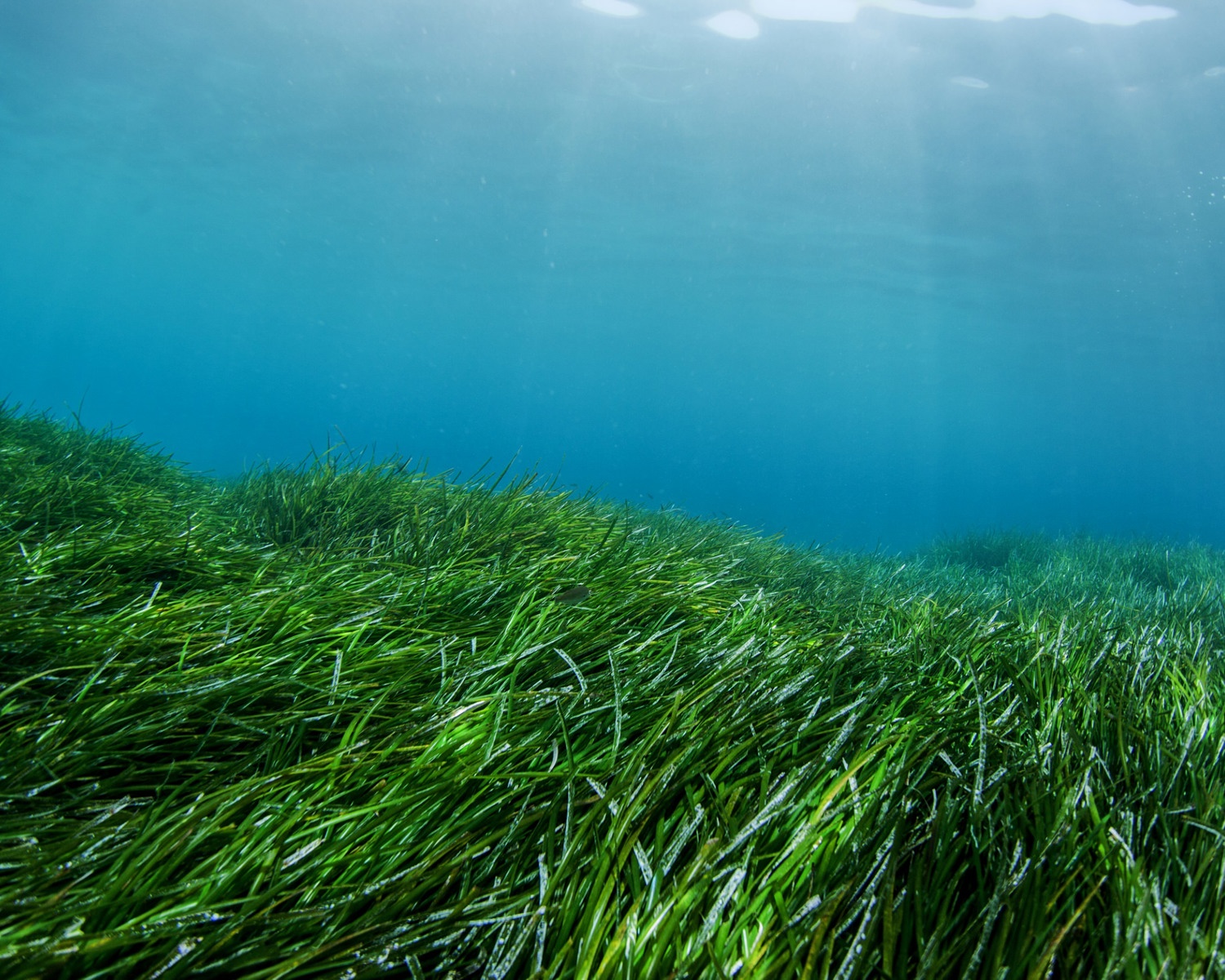Glacier albedo increase

It has recently been suggested that hollow glass microspheres (HGM, see also see sea ice albedo increase) could be used to increase the albedo of mountain glaciers and thereby slow their melt.
The non-profit organization Bright Ice Initiative (https://brighticeinitiative.org/) is currently exploring this idea in collaboration with several other US and Indian organizations like the Healthy Climate Initiative (https://healthyclimateinitiative.org/) and Climformatics (https://climformatics.com/).
Analysis overview

Technological Readiness Level (TRL)
Medium 2
Technological Readiness Level (TRL)
A technology with a TRL of 4-6: TRL 4 – validated in lab; TRL 5 – validated in relevant environment; TRL 6 – demonstrated in relevant environment

Scalability
Low 1
Scalability
Physically unable to scale; sub-linear/logarithmic efficiency of scalability

Timeliness for near-future effects
Medium 2
Timeliness for near-future effects
Implemented in time to make some difference, although questionable

Northern + Arctic potential
Low 1
Northern + Arctic potential
No noticeable extra positive effect beyond the global average; technology is unsuited to the Arctic

Global potential
Low 1
Global potential
Insignificant to be detected at a global scale

Cost - benefit
Prohibitive 1
Cost - benefit
Cost of investment comparable to cost of avoided damage

Environmental risks
Some risk 2
Environmental risks
More widespread and possibly regional impacts that extend beyond the immediate solution deployment location

Community impacts
Unknown 0

Ease of reversibility
Easy 3
Ease of reversibility
Easily reversible naturally

Risk of termination shock
Low risk 3
Risk of termination shock
Low or insignificant termination shock or damage

Legality/governance
Challenging 2
Legality/governance
Fits within existing structures to a certain degree, but some policy changes are needed to deploy at scale

Scientific/media attention
Medium 2
Scientific/media attention
Some attention within the scientific community, including published research and funding programmes; some media attention; some commercial interest
References
Cauvy-Fraunié, S., & Dangles, O. (2019). A global synthesis of biodiversity responses to glacier retreat. Nature Ecology & Evolution, 3(12), 1675-1685. https://doi.org/10.1038/s41559-019-1042-8
Farkas, J., Molid, M., Hansen, B. H., Nordam, T., Nordtug, T., & Throne-Holst, M. Characterization of Hollow Glass Microspheres with Potential for Regional Climate Intervention to Preserve Arctic Sea Ice. Available at SSRN 4377493. https://doi.org/10.1016/j.coldregions.2023.103967
Project Himalayas. 2023. Saving the Himalayan glaciers: a field trial to slow the melting of glacial ice. Brochure.
Riederer, Rachel (April 25, 2023). A Heat Shield for the Most Important Ice on Earth. The New Yorker. https://www.newyorker.com/news/the-control-of-nature/a-heat-shield-for-the-most-important-ice-on-earth







